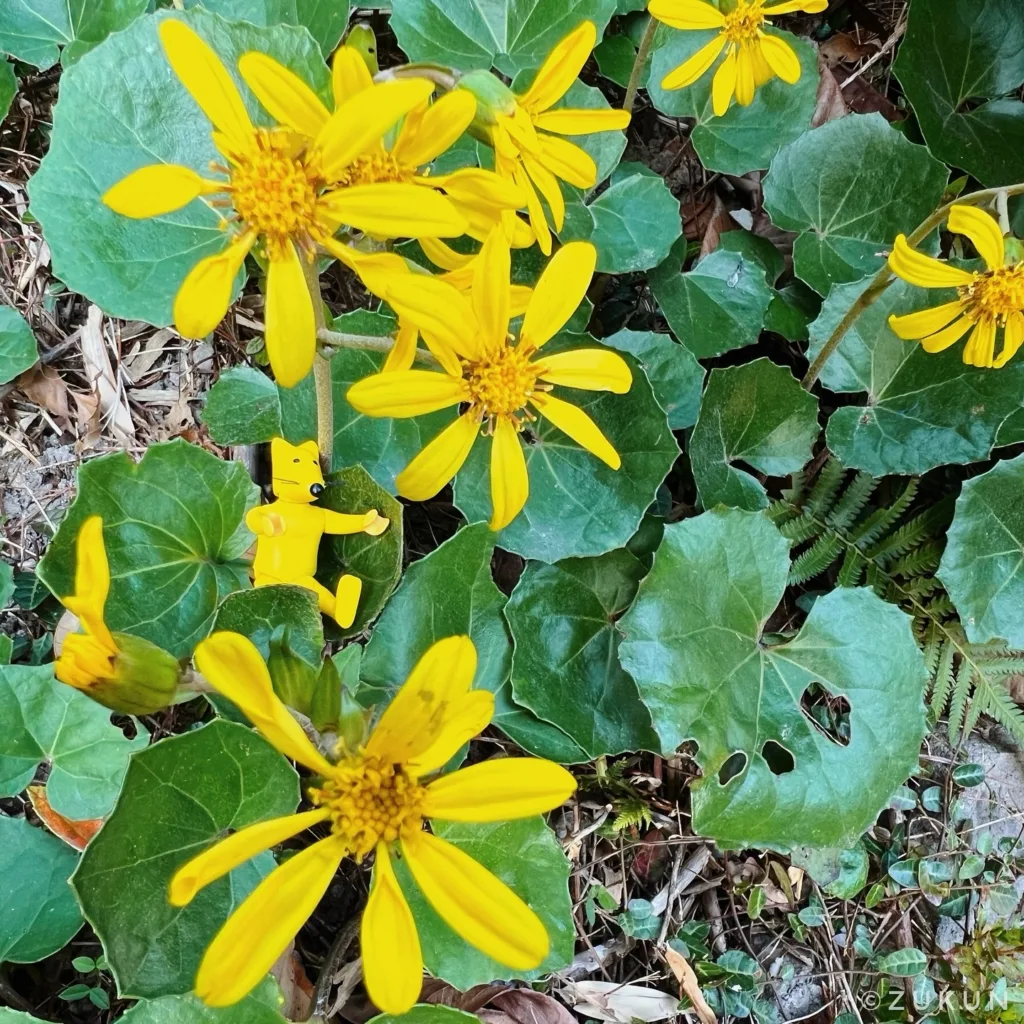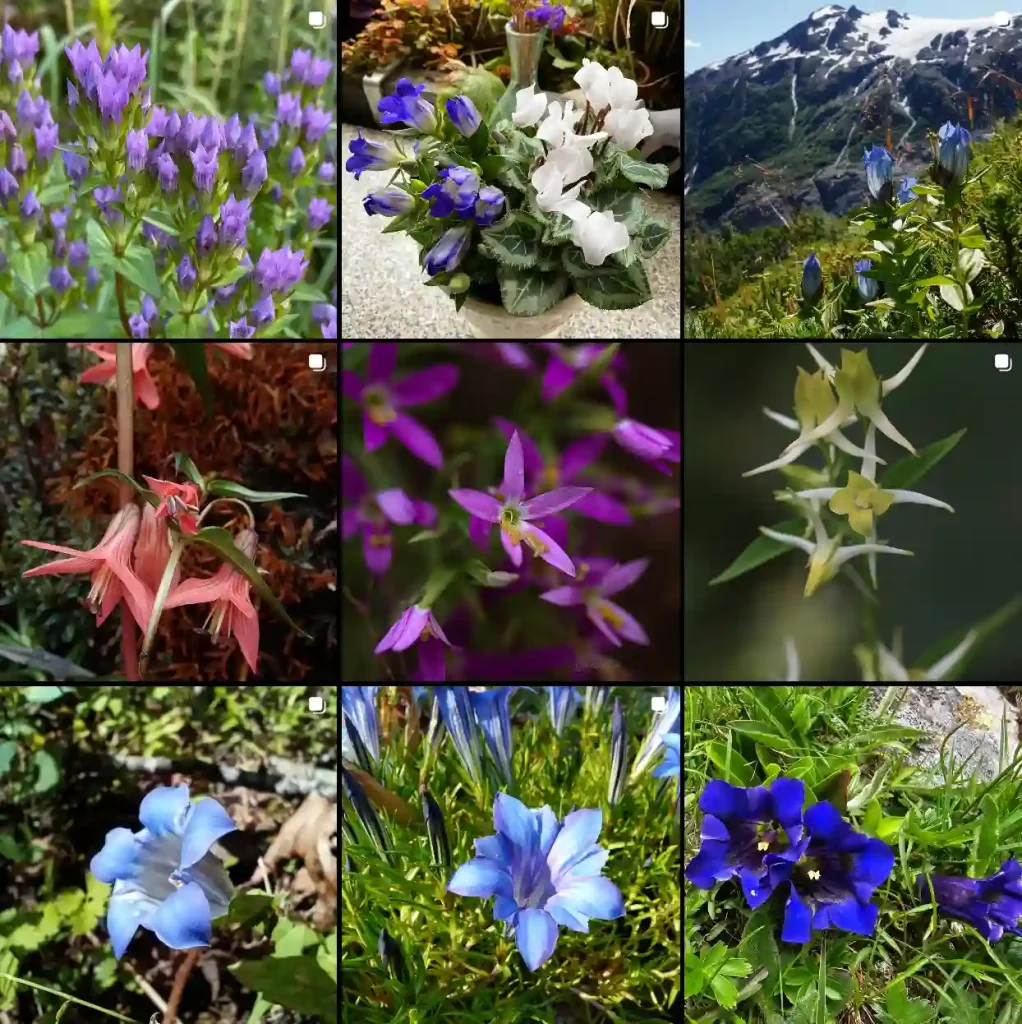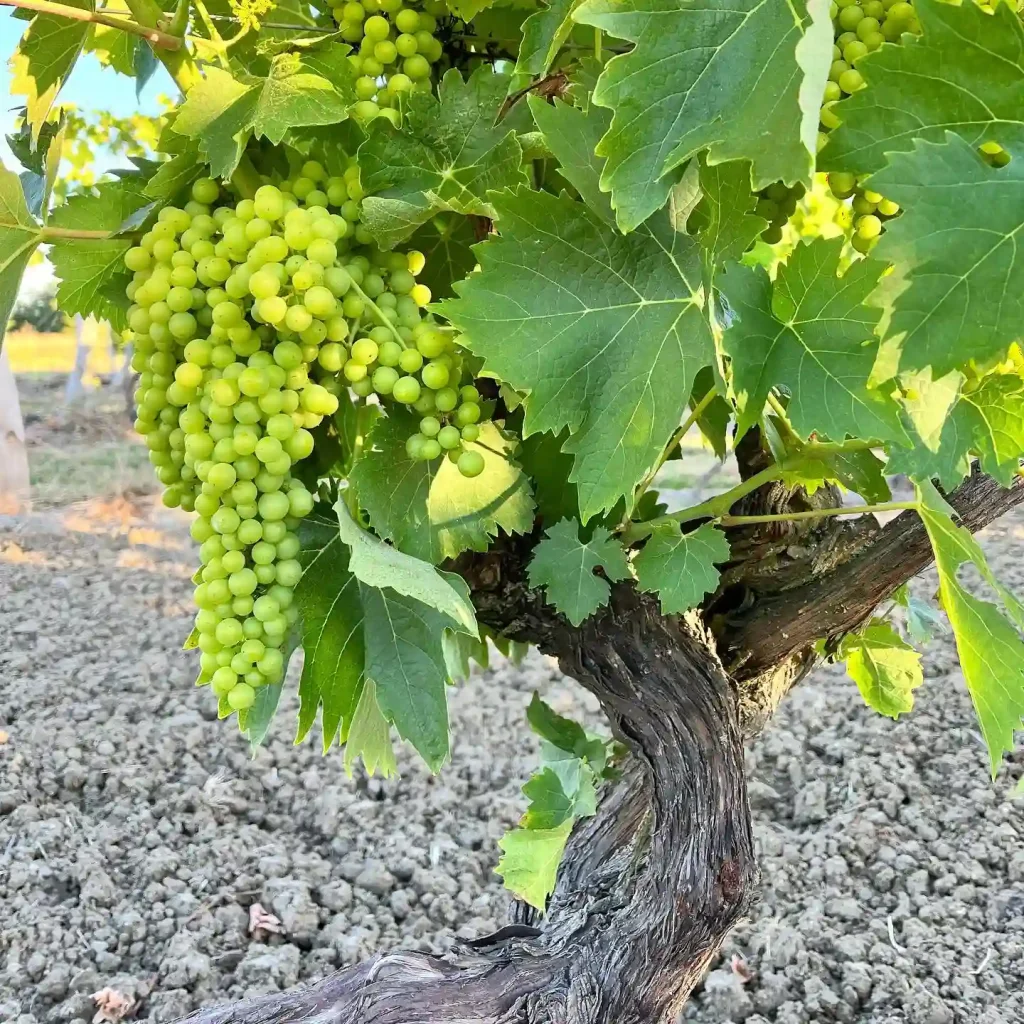The Allure of Phyllostachys: A Personal Exploration of Bamboo
My name is Ferb Vu, and I’ve always been drawn to the natural world. The way plants adapt, thrive, and interact with their environment fascinates me. Lately, I’ve become particularly interested in a genus of bamboo called Phyllostachys. There’s something about its graceful form, its strength, and its versatility that speaks to me.
Phyllostachys is a genus of Asian bamboo belong to the Poaceae family, primarily found in Central and Southern China, with some species scattered across northern Indochina and the Himalayas. These bamboos are known for their running habits, meaning they spread vigorously through underground rhizomes. While this can make them a bit of a challenge in a garden setting, it also contributes to their resilience and rapid growth.
Diverse Species within the Genus
One of the things that intrigues me about Phyllostachys is the diversity within the genus. Each species has its own unique characteristics, making them suitable for various purposes. Here are:
- Phyllostachys edulis (Moso Bamboo): This is a giant among bamboos, capable of reaching towering heights. It’s prized for its edible shoots and is a significant economic resource in regions where it grows.
- Phyllostachys aurea (Golden Bamboo or Fishpole Bamboo): This species is easily recognizable by its distinctive golden canes, which often have a characteristic “zigzag” growth pattern near the base. It’s a popular ornamental bamboo and is also used for crafting fishing poles and other implements. Plant FAQs: Golden Bamboo – Phyllostachys Aurea
- Phyllostachys nigra (Black Bamboo): As the name suggests, this species develops striking black culms (canes) as it matures. It’s a highly sought-after ornamental bamboo, adding a touch of drama to any landscape.
- Phyllostachys bambusoides (Phyllostachys reticulata) (Japanese Timber Bamboo or Madake): This species is known for its strength and straightness, making it valuable for construction and crafts. It’s also used in the production of musical instruments like flutes.
- Phyllostachys aureosulcata (Yellow Groove Bamboo): This species is distinguished by the yellow grooves that run along its green culms. It’s a popular choice for garden screens and hedges.
- Phyllostachys acuta C.D.Chu & C.S.Chao
- Phyllostachys acutiligula G.H.Lai
- Phyllostachys albidula N.X.Ma & W.Y.Zhang
- Phyllostachys angusta McClure
- Phyllostachys arcana McClure
- Phyllostachys atrovaginata C.S.Chao & H.Y.Chou
- Phyllostachys bissetii McClure
- Phyllostachys carnea G.H.Ye & Z.P.Wang
- Phyllostachys circumpilis C.Y.Yao & S.Y.Chen
- Phyllostachys compar W.Y.Zhang & N.X.Ma
- Phyllostachys corrugata G.H.Lai
- Phyllostachys danxiashanensis N.H.Xia & X.R.Zheng
- Phyllostachys dulcis McClure
- Phyllostachys elegans McClure
- Phyllostachys fimbriligula T.H.Wen
- Phyllostachys flexuosa Rivière & C.Rivière
- Phyllostachys funhuaensis (X.G.Wang & Z.M.Lu) N.X.Ma & G.H.Lai
- Phyllostachys glabrata S.Y.Chen & C.Y.Yao
- Phyllostachys glauca McClure
- Phyllostachys heteroclada Oliv.
- Phyllostachys hirtivagina G.H.Lai
- Phyllostachys incarnata T.H.Wen
- Phyllostachys iridescens C.Y.Yao & S.Y.Chen
- Phyllostachys kwangsiensis W.Y.Hsiung, Q.H.Dai & J.K.Liu
- Phyllostachys lofushanensis C.P.Wang, C.H.Hu & G.H.Ye
- Phyllostachys longiciliata G.H.Lai
- Phyllostachys makinoi Hayata
- Phyllostachys mannii Gamble
- Phyllostachys meyeri McClure
- Phyllostachys microphylla G.H.Lai
- Phyllostachys nidularia Munro
- Phyllostachys nigella T.H.Wen
- Phyllostachys nuda McClure
- Phyllostachys parvifolia C.D.Chu & H.Y.Chou
- Phyllostachys platyglossa C.P.Wang & Z.H.Yu
- Phyllostachys primotina T.H.Wen
- Phyllostachys prominens W.Y.Hsiung
- Phyllostachys propinqua McClure
- Phyllostachys purpureociliata G.H.Lai
- Phyllostachys rivalis H.R.Zhao & A.T.Liu
- Phyllostachys robustiramea S.Y.Chen & C.Y.Yao
- Phyllostachys rubicunda T.H.Wen
- Phyllostachys rubromarginata McClure
- Phyllostachys rutila T.H.Wen
- Phyllostachys shuchengensis S.C.Li & S.H.Wu
- Phyllostachys stimulosa H.R.Zhao & A.T.Liu
- Phyllostachys sulphurea (Carrière) Rivière & C.Rivière
- Phyllostachys tianmuensis Z.P.Wang & N.X.Ma
- Phyllostachys varioauriculata S.C.Li & S.H.Wu
- Phyllostachys veitchiana Rendle
- Phyllostachys verrucosa G.H.Ye & Z.P.Wang
- Phyllostachys violascens Rivière & C.Rivière
- Phyllostachys virella T.H.Wen
- Phyllostachys viridiglaucescens (Carrière) Rivière & C.Rivière
- Phyllostachys viridivagina G.H.Lai & J.J.Yue
- Phyllostachys vivax McClure
- Phyllostachys yunhoensis S.Y.Chen & C.Y.Yao
- Phyllostachys zhejiangensis G.H.Lai
Uses and Applications
The versatility of Phyllostachys is truly remarkable. Beyond their ornamental value, these bamboos have played a significant role in human societies for centuries. Here are some of their traditional and modern applications:
- Construction: The strong and durable culms of certain Phyllostachys species, like P. bambusoides, have long been used in construction, particularly in Asia. They can be used for building houses, bridges, scaffolding, and fences.
- Food: The young shoots of some species, notably P. edulis, are edible and considered a delicacy in many cultures. They are often used in stir-fries, salads, and other dishes.
- Crafts: Bamboo’s flexibility and strength make it ideal for a wide range of crafts. Phyllostachys is used to make baskets, mats, furniture, musical instruments, and various other objects.
- Medicine: In traditional medicine, different parts of Phyllostachys have been used to treat various ailments. For example, bamboo leaves are believed to have anti-inflammatory and antioxidant properties.
- Textiles: Bamboo fiber can be used to create soft and breathable fabrics. These fabrics are often used in clothing, bedding, and other textiles.
- Landscaping: Many Phyllostachys species are popular in landscaping for their aesthetic appeal and ability to create privacy screens or windbreaks. They can add a touch of elegance and tranquility to gardens and parks.
Environmental Considerations
While Phyllostachys offers numerous benefits, it’s important to be mindful of its potential invasiveness. Due to their vigorous growth habit, some species can spread rapidly and outcompete native vegetation. If you’re considering planting Phyllostachys in your garden, it’s crucial to choose a suitable species and take steps to contain its growth. Planting in containers or using rhizome barriers can help prevent unwanted spread.
My Continued Fascination
As I continue to learn about Phyllostachys, I’m increasingly impressed by its adaptability, its strength, and its beauty. This remarkable genus of bamboo has much to offer, both practically and aesthetically. Whether it’s used for construction, food, crafts, or simply admired for its graceful form, Phyllostachys stands as a testament to the wonders of the natural world. I look forward to further exploring the diversity and potential of this fascinating plant.
If i die, water my plants!



